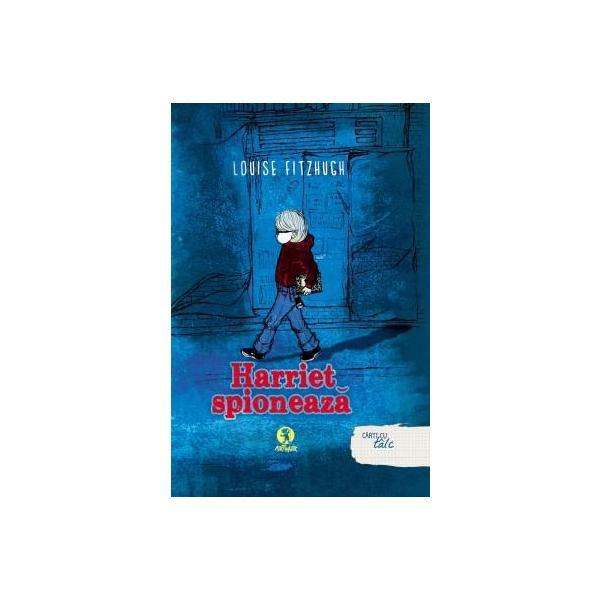
Young Louise rebelled against the materialism and stuffiness of her father’s life by traveling, with the help of her allowance, to Paris and Greenwich Village, where she fell in with leftist artists and intellectuals. When Fitzhugh tried to follow up Harriet the Spy with a novel that centered on a lesbian relationship, her agent was “quite terrified.” No doubt being the center of town gossip and an object of curiosity for nosy strangers also left its mark. In a highly publicized divorce trial, Millsaps won sole custody of baby Louise, who would be told throughout much of her childhood that her mother was dead a friend would later inform Louise that living through such tragic and chaotic early events was ideal training ground for a writer. The two were profoundly incompatible, and the stress of the marriage led Millsaps to develop hypertension, for which the treatment during Prohibition was whiskey-“three to four glasses every day” precisely. Millsaps Fitzhugh was a lawyer and local politician, and her mother, Mary Louise, was an aspiring dancer who remained aspiring, much to her frustration. The result is a study that reveals the quiet subversiveness of Harriet the Spy and adds sharp political potency to the book’s seemingly innocent play with questions of secrecy and surveillance.įitzhugh was born in 1928 into a wealthy society family in Memphis, Tennessee.

In Sometimes You Have to Lie, Brody explores these hidden corners of the celebrated author’s life, crafting a personal and political biography of Fitzhugh that situates her popular children’s novel in the context of the homophobia and conformity of the postwar era.


 0 kommentar(er)
0 kommentar(er)
